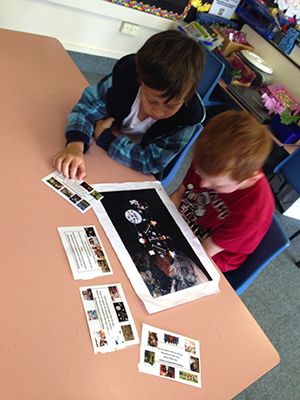
Just Imagine schools decades from today – what will they be like?
DR. Brian Annan was the program director for the Learning and Change Networks (LCN) strategy from October 2012 to June 2015, an initiative funded and supported by the New Zealand government and Ministry of Education. The strategy concentrated on supporting 53 networks involving 350 schools and communities to identify and address achievement challenges among students performing below national standards. Im Juni 2015, Brian set up a new company, Infinity Learn Ltd, with co-director Mary Wootton, the lead facilitator from the LCN strategy, to explore the merger of learning and wellbeing. We invited Brian to share his vision for schools of the future in Die globale Suche nach Bildung.
Wie wird die Schule der Zukunft umweltbewusster sein?
Schools of the future will be far more focused on ecological learning for community and environmental improvement. There is at least a century of real-life improvement projects in communities and the environment that kids and adults can work together on to adjust the health of our planet. But most schooling systems and communities around the world including NZ are not prepared for that agenda just yet. There are pockets of innovation but overall the rhetoric of change is way ahead of actual movement towards new learning arrangements for children and young adults to contribute meaningfully to our planet’s health.
It will take the whole schooling system along with families, communities and businesses activating their agency to make the shift towards ecological learning.
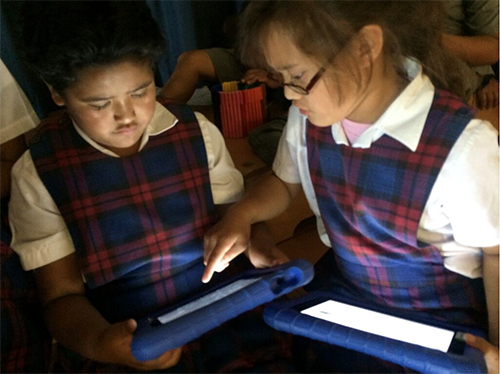
Wie wird die Schule der Zukunft globaler inclusive sein?
Many schools are in the process of becoming globally inclusive. The first step is to become linked to the globe. The diagram below shows how we conceptualized a link from the classroom out to the wider world in LCN. We created an image of a teacher and students in a class with digital tools from which they can access families, the community, the environment and the world at large through the internet. It was used with network leaders to motivate them to go back into their schools to analyze and improve their current arrangements for local and global connectedness.
How will schools handle this global citizenship and, gleichzeitig, retain cultural identity going into the future? Is global inclusiveness about exposing and retaining cultural diversity? Or is it about exposing the diversity of culture and, in so doing, creating global commonalities that diminish the uniqueness of each culture? LCN design was about taking those sorts of debates down into schools and communities so that teachers, students and families could think carefully about the changes they were thinking about making.
Wie wird die Technologie in den Lehrplan integriert werden kann und wie wird die Schule übernehmen die Integration der kontinuierlichen Fortschritte in der Technologie?
Students in LCN schools outside of Manaiakalani, particularly those in families with limited resources, were overwhelmingly appreciative when their school leaders invested in modern digital devices for their use.
Technology is an enabler. It is about replacing pencil, paper and books. Earlier in history those learning tools replaced slates and centuries before that, etchings on cave walls.
My view is that there are three categories of the way schools, or individuals within schools, typically deal with current and on-going technology integration into the curriculum.
- The first category is the enthusiasts, such as the Manaiakalani leaders, that choose to lead the integration process. They are quite happy to deal with all the messy and difficult situations that inevitably arise. They also have the vision of reaping the benefits of business partnerships by being out in front.
- The second category is those that wait a while until the messiness is under control. They then utilize integration systems and processes that are working well.
- The third category are those stuck in the past and technology integration is like acid rain. They wait for it to rain down on them and it is at that point that they take it on because they have to.
Was wird aus traditionellen Handwerk und Schreiben gelassen werden?
Traditional craft work and writing is probably heading in the same direction as horses on roads in modern cities. You don’t see horses on roads any more. You see them in paddocks and in parks. It was a big deal when the transition happened from horses to cars, but it is not any more. We’re now in a similar transition from traditional craft work and hand writing to digital mediums. Schließlich, and probably not too far away, craft work and hand writing will be on the side to look at as something a few die-hard enthusiasts continue to do but mainly humans did back then.
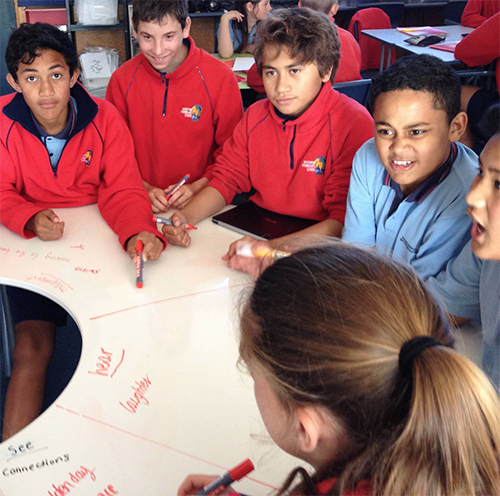
Angesichts der neuen Trends von Museen und Corporate Architecture Integration von Technologie und Medien in ihre physischen Raum und Infrastruktur, wird Schulen entwickeln sich in ähnlicher Weise?
Ja, they will. Education systems tend to follow successful business practice, but sometimes that can take a decade or longer to happen. Our input into the LCN design picked up on the lateral learning within the commercial culture of businesses in Silicon Valley in the 1980’s when that valley became the global leader in computer technology. Competing companies in that valley formed collaborative networks. They encouraged employees to learn across the firms and feed the ideas back into the industry across the valley. All the firms in the collaborative arrangement picked up on new ideas quickly and valley-wide advancement accelerated.
Going back to the question, some schools already have integrated technology and media into the fabric of the way they do things. One version of integration is to build the infrastructure within the school site as the hub for development. Manaiakalani is one cluster of schools that is well down the track in this regard. Die “Learn, Create and Share” pedagogy includes a multi media/tech culture that includes digital links between the schools and homes, community television and film festivals and links to government agencies and local, national and international learning and business partnerships. Manaiakalani constantly pushes out the boundaries of learning possibilities using a centralized, but by no means exclusive, infrastructural model.
Another version of integration is to extend the school boundaries out into the museums, libraries and corporate and environmental communities. Those places are potential sites for learning and development whereby our youth contribute to community and environmental improvement. So the community at large rather than the school or network of schools is seen as the vital engine room for integration of technology and media. In this version, school learning is just one of many approaches situated within holistic community-based learning.
Angesichts der Effizienz des Internets und Lernen zu Hause, wie viel Zeit werden die Kursteilnehmer in der Schule erforderlich?
My belief about future engagement in school is that some students will not see the need to go to school at all. Others will see the need to be at school for some time but not always, and others will enjoy going to school as often as possible – wenn, tatsächlich, schools survive as day-care centers. This arrangement will be different from the past when students had to attend school whether they liked it or not – systems will be put in place for accreditation of learning both in and out of school. What students do in school when they do go will vary from structured to free-ranged learning and the same will occur out of school in homes, Clubs, hobbies and hanging out with buddies. It is also my view that this phenomenon is already well on its way to fruition. Manufacturing the phenomenon so that it becomes the norm is a priority for the future, particularly for students challenged by formal learning. LCN-type projects will manufacture personalization for some students but not all. My prediction is that all students will experience personalized learning when the schooling system invests in student-lead innovation.
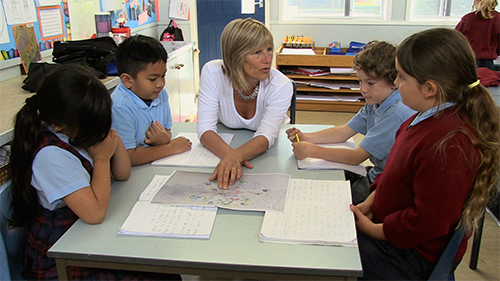
Wie wichtig ist das Vorhandensein von physikalischen Lehrer sein?
If hierarchies continue to erode and technologies continue to grow in sophistication, teachers and schools as physical entities are likely to diminish in importance. Jedoch, the notion of a teacher in the broader sense of the word is likely to remain valued for a considerably long time.
This search for the balance between formal and informal learning leads to a couple of thoughts about teachers. One is the extent to which the interest-based lateral learning could take over some or all of the formal academic teaching arrangements. The second is the possibility of formal academic learning becoming fully redundant as digital mediums strip out the necessity for humans to learn technical aspects of language, numeracy and science. Those thoughts conjure up new images of teachers – connectors within and across communities-of-learning-interests that form in a meshed network environment. Scary? No scarier than driving a car instead of riding a horse!
Wird technologischen Fortschritts führen zur Personalisierung von Bildung für einzelne Schüler zu fördern, oder wird sie erhöhen auch die techno-bürokratischen Normungsbedarf?
Much of the structure-to-freedom learning continuum to create personalized learning has been heavily influenced by technology advancement. As that advancement continues, scope for freedom continues to grow. Why on earth would any human, bureaucrat or techno-geek, want to standardize diverse learning interest? There are of course considerations around ethics, societal values and citizenship. LCN discussions and actions did get into those issues. NZ schools and communities are conservative and tend to consider safety first. So small steps ahead of radical change is part of the NZ schooling culture and LCN developments in this regard were no exception.
Faced with increasing time spent on digital devices how can we teach more practical skills, einschließlich Bewältigung von Stress und zwischenmenschliche Konflikte?
This question invites the merging of two significant societal outcomes around learning and wellbeing.
- Modern day learning and living is about merging digital and practical activities. Both forms of activities are important and can be complimentary. Take a modern-day artist. She paints a beautiful picture, displays it at an art gallery and sells it via twitter and Facebook. Her practical and digital endeavors combine to make her passion viable. This scenario is not uncommon as most schools, professions, trades, arts and community organizations come to terms with the merging of digital and practical tasks.
- The growth of wellbeing to counter anxiety, conflict and stress is a community-wide responsibility. It is a need that schools and teachers should embrace (and effective ones already do) but not alone. They need other government agency colleagues from welfare, Gesundheit, police and justice alongside them as a collective teaching and care force to combine learning and wellbeing. They also need community leaders and senior family members to be part of that teaching fraternity.
(Alle Fotos sind mit freundlicher Genehmigung von Dr.. Brian Annan)
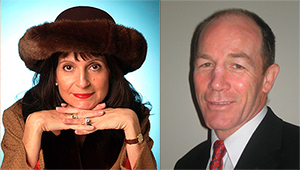

Begleiten Sie mich und weltweit renommierten Vordenkern wie Sir Michael Barber (Vereinigtes Königreich), DR. Michael Block (US-), DR. Leon Botstein (US-), Professor Ton Christensen (US-), DR. Linda Hammond-Liebling (US-), DR. MadhavChavan (Indien), Professor Michael Fullan (Kanada), Professor Howard Gardner (US-), Professor Andy Hargreaves (US-), Professor Yvonne Hellman (Niederlande), Professor Kristin Helstad (Norwegen), Jean Hendrickson (US-), Professor Rose Hipkins (Neuseeland), Professor Cornelia Hoogland (Kanada), Herr Jeff Johnson (Kanada), Frau. Chantal Kaufmann (Belgien), DR. EijaKauppinen (Finnland), Staatssekretär TapioKosunen (Finnland), Professor Dominique Lafontaine (Belgien), Professor Hugh Lauder (Vereinigtes Königreich), Herr Ken Macdonald (Vereinigtes Königreich), Professor Geoff Masters (Australien), Professor Barry McGaw (Australien), Shiv Nadar (Indien), Professor R. Natarajan (Indien), DR. PAK NG (Singapur), DR. Denise Papst (US), Sridhar Rajagopalan (Indien), DR. Diane Ravitch (US-), Richard Wilson Riley (US-), Sir Ken Robinson (Vereinigtes Königreich), Professor Pasi Sahlberg (Finnland), Professor Manabu Sato (Japan), Andreas Schleicher (PISA, OECD), DR. Anthony Seldon (Vereinigtes Königreich), DR. David Shaffer (US-), DR. Kirsten Sivesind (Norwegen), Kanzler Stephen Spahn (US-), Yves Theze (LyceeFrancais US-), Professor Charles Ungerleider (Kanada), Professor Tony Wagner (US-), Sir David Watson (Vereinigtes Königreich), Professor Dylan Wiliam (Vereinigtes Königreich), DR. Mark Wormald (Vereinigtes Königreich), Professor Theo Wubbels (Niederlande), Professor Michael Young (Vereinigtes Königreich), und Professor Zhang Minxuan (China) wie sie das große Bild Bildung Fragen, die alle Nationen heute konfrontiert erkunden.
Die Global Search for Education Community-Seite
C. M. Rubin ist der Autor von zwei weit Lese Online-Serie für den sie eine 2011 Upton Sinclair Auszeichnung, “Die globale Suche nach Bildung” und “Wie werden wir gelesen?” Sie ist auch der Autor von drei Bestseller-Bücher, Inklusive The Real Alice im Wunderland, ist der Herausgeber des CMRubinWorld, und ist ein Disruptor Foundation Fellow.
Folgen Sie C. M. Rubin auf Twitter: www.twitter.com/@cmrubinworld

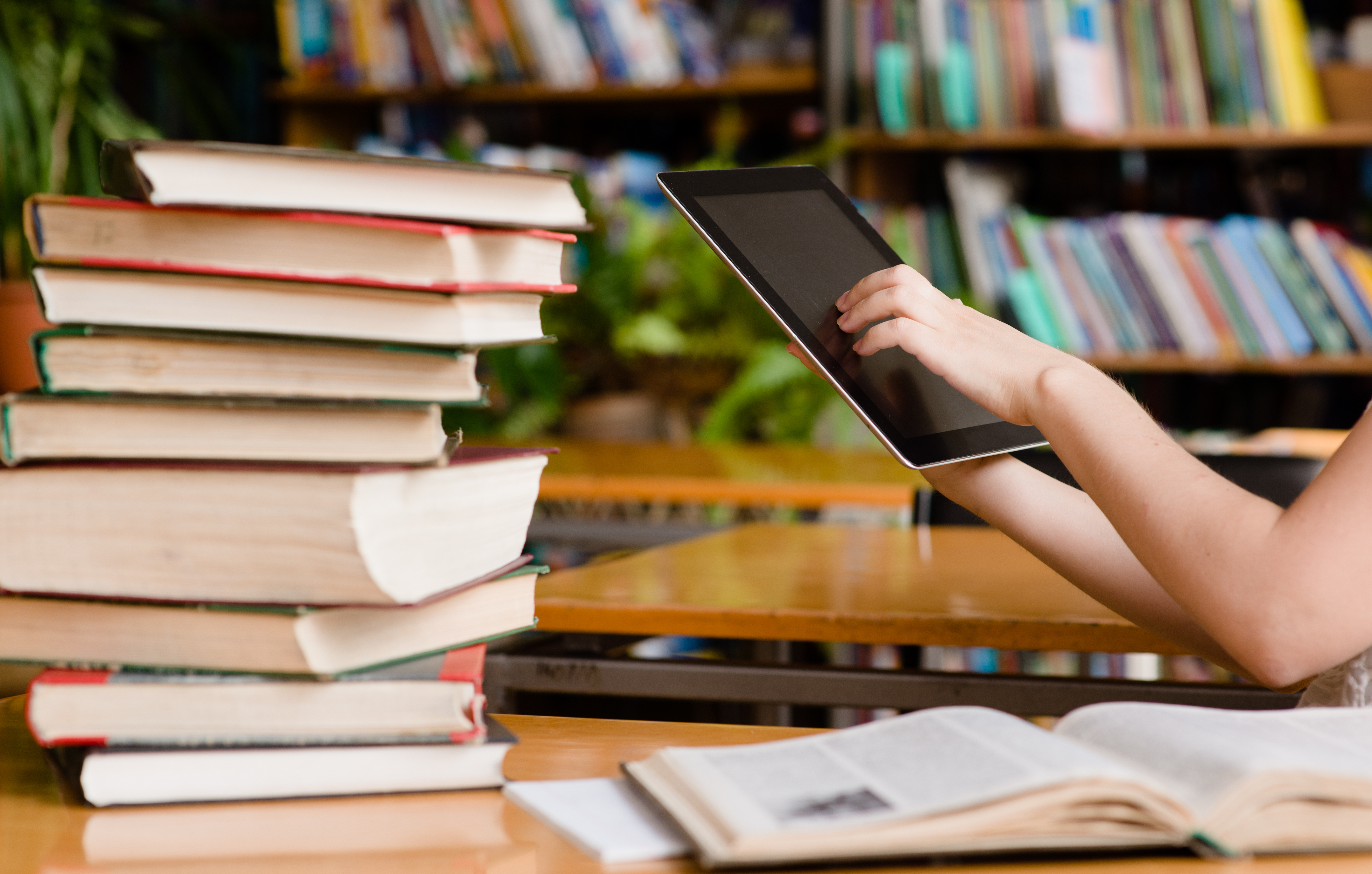
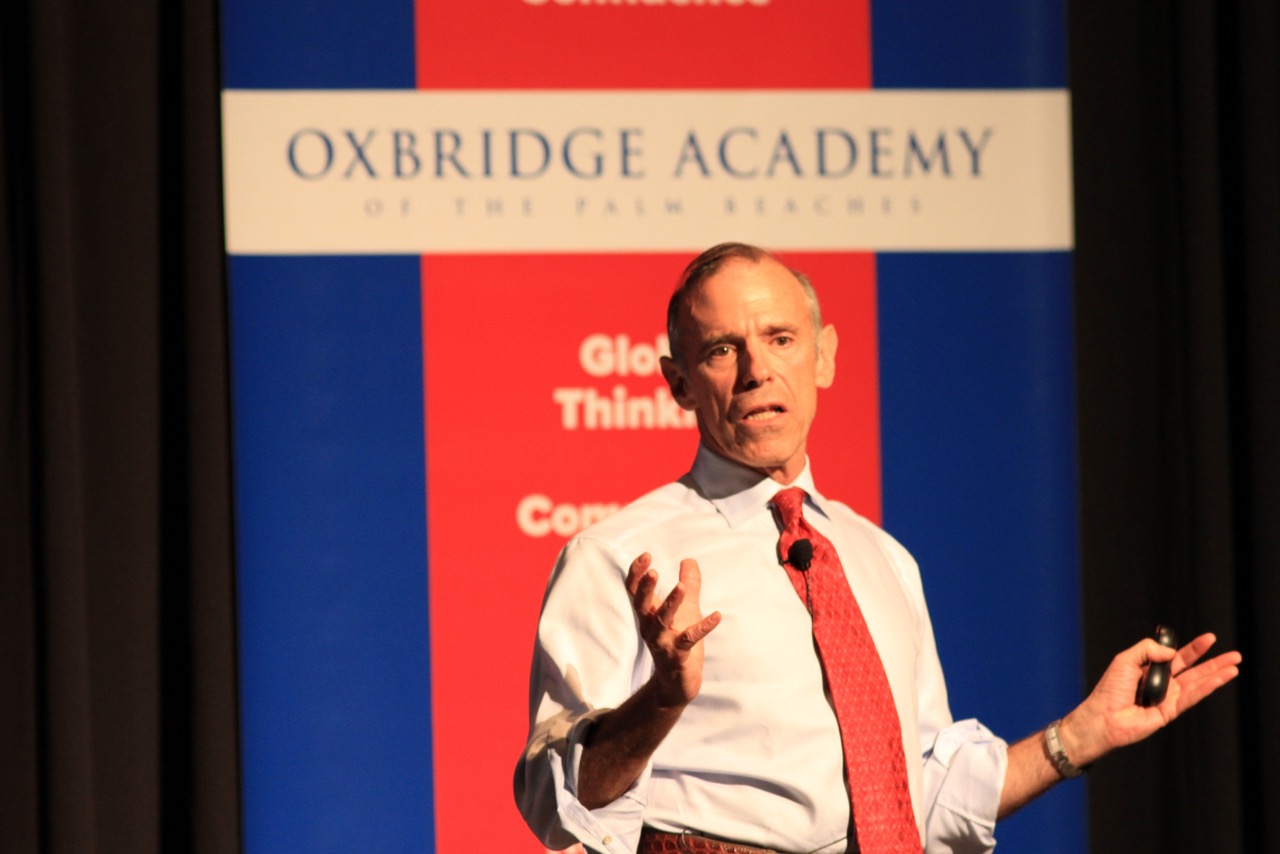
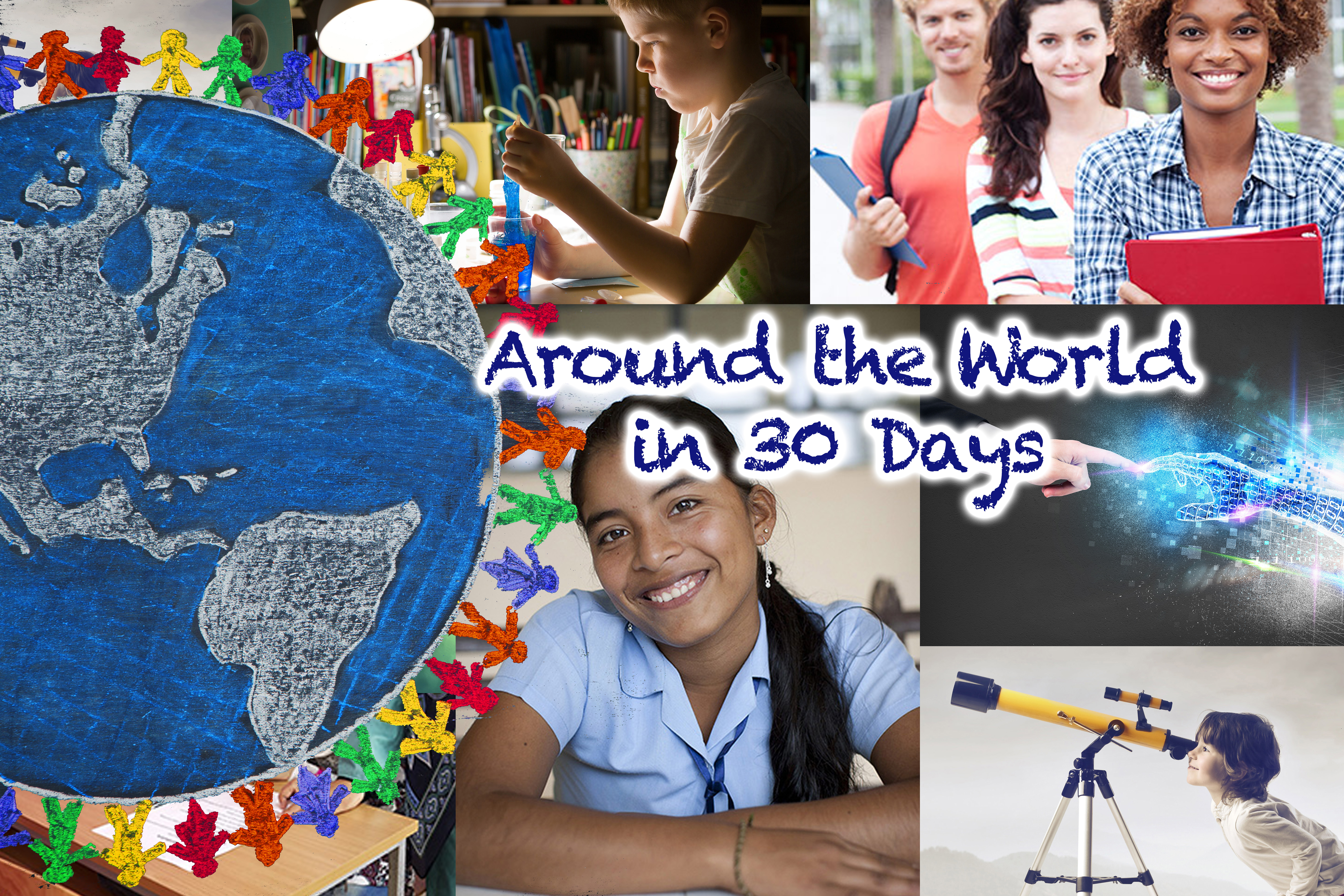
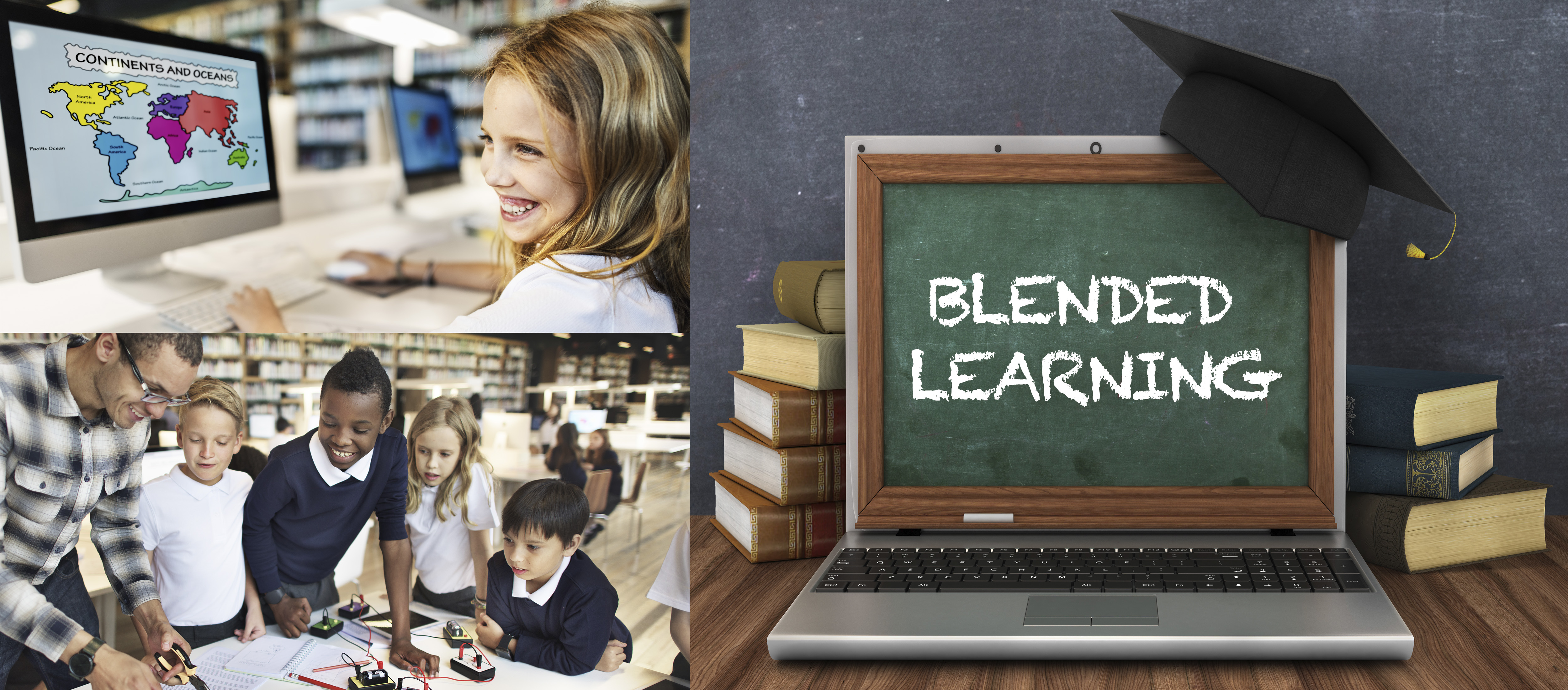
Jüngste Kommentare